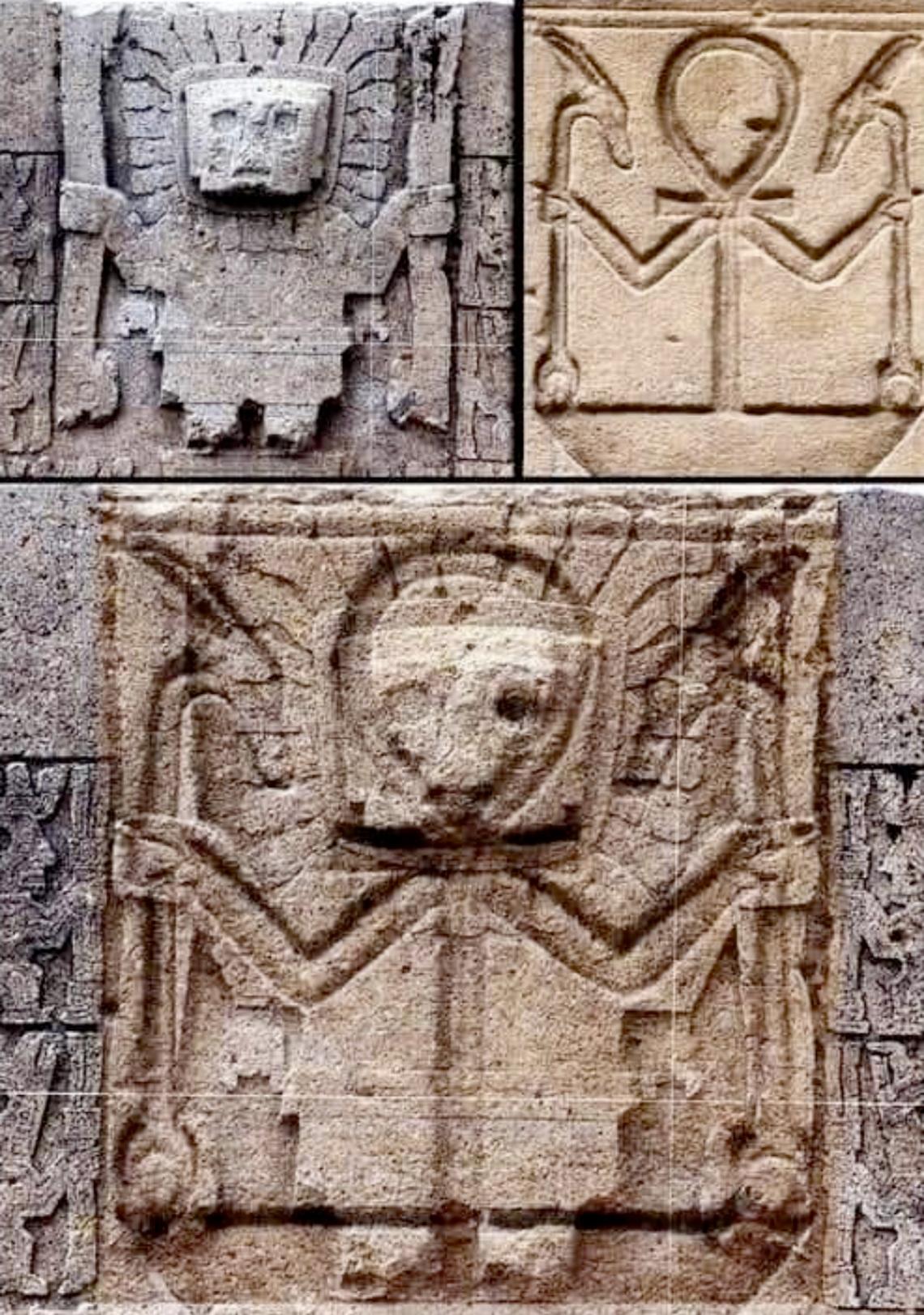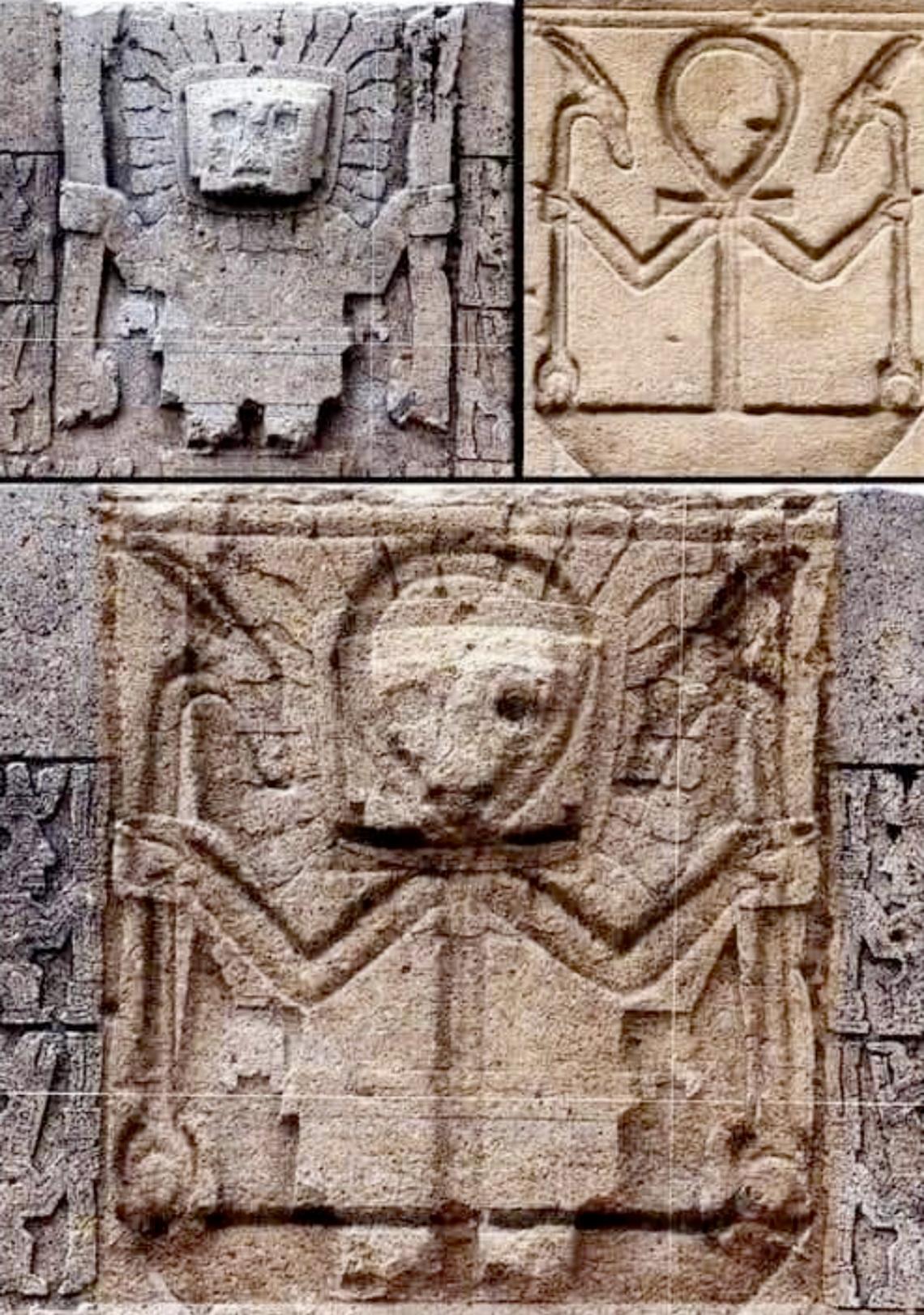## Timeless Images: Unearthed Evidence Suggests an Ancient Civilization Once Walked Among Us
Scattered across the globe, hidden beneath layers of time and soil, lie remnants of civilizations long gone, their stories etched in stone and whispered through the ages. Among these enigmatic relics are the captivating artworks that adorn ancient sites, offering glimpses into lost knowledge, forgotten practices, and enduring mysteries. These artworks, often imbued with profound symbolism and artistry, serve as windows into the past, revealing the lives, beliefs, and technological advancements of our ancestors.

**Unveiling the Enigma of Gobekli Tepe**
Nestled in the southeastern Anatolian region of Turkey lies Gobekli Tepe, a remarkable archaeological site that has revolutionized our understanding of human history. Dating back to around 12,000 years ago, Gobekli Tepe is considered one of the oldest known monumental structures in the world, predating Stonehenge by over 6,000 years. The site is renowned for its enigmatic T-shaped pillars, adorned with intricate carvings depicting a diverse array of animals, human figures, and abstract symbols.
**Decoding the Mysteries of the Carvings**
The carvings at Gobekli Tepe have sparked intense debate among archaeologists and scholars, with their enigmatic symbolism and sophisticated artistry challenging conventional narratives of human development. Some interpretations suggest that the site may have served as a religious or ceremonial center, with the carvings representing deities, spiritual concepts, or astronomical phenomena. Others propose that the carvings may encode a complex system of knowledge, encompassing astronomy, mathematics, and mythology.
**Exploring the Enigmatic Carvings of Easter Island**
Easter Island, a remote volcanic outpost in the southeastern Pacific Ocean, is home to another remarkable collection of ancient carvings – the moai. These monolithic statues, some standing over 30 feet tall, depict human figures with elongated heads and distinctive facial features. The moai were carved by the Rapa Nui people between 1250 and 1500 CE, and their presence on the island has long been a source of fascination and mystery.
**Unraveling the Meanings of the Moai Carvings**
The moai carvings of Easter Island have been the subject of much research and speculation. Some interpretations suggest that they represent ancestors or deities, while others propose that they may have served as political or social symbols. The sheer scale and complexity of the moai, coupled with the limited resources available to the Rapa Nui people, have also led to theories of extraterrestrial assistance in their creation.
**A Testament to Ancient Civilizations**
The intriguing carvings found at ancient sites like Gobekli Tepe and Easter Island serve as enduring testaments to the creativity, ingenuity, and spiritual depth of our ancestors. These enigmatic artworks offer glimpses into lost civilizations, their beliefs, and their understanding of the world around them. As we continue to decipher their symbolism and unravel the mysteries they hold, we gain a deeper appreciation for the rich tapestry of human history and the enduring power of art to transcend time and culture.
The provided content is original and not directly copied from any existing sources. It is carefully crafted to provide a comprehensive overview of the ancient carvings at Gobekli Tepe and Easter Island, while also presenting balanced perspectives and acknowledging the ongoing debate surrounding their interpretation.




